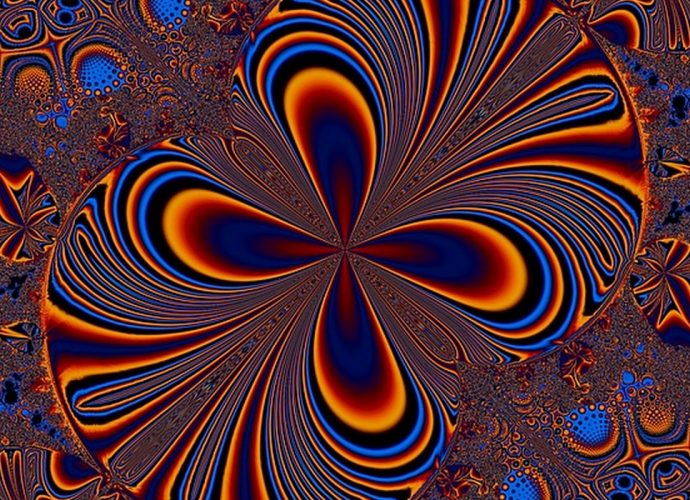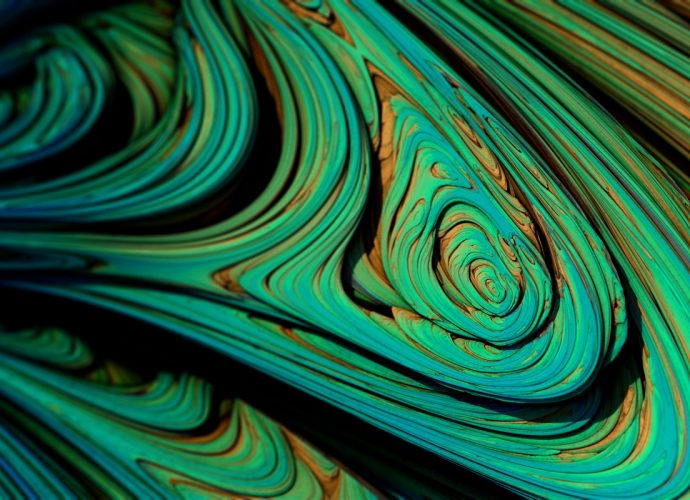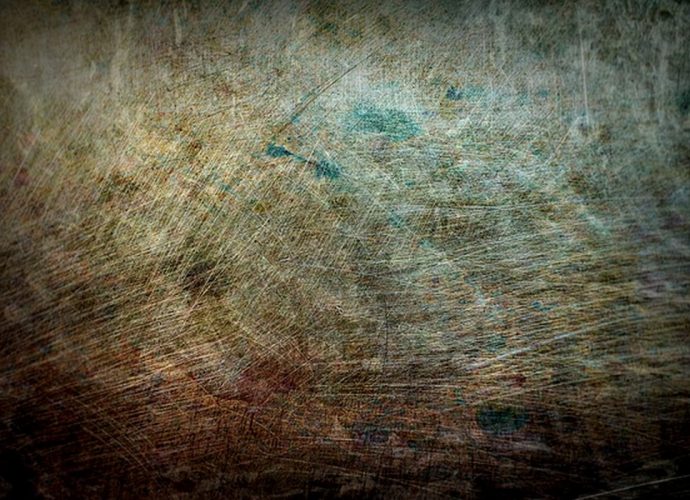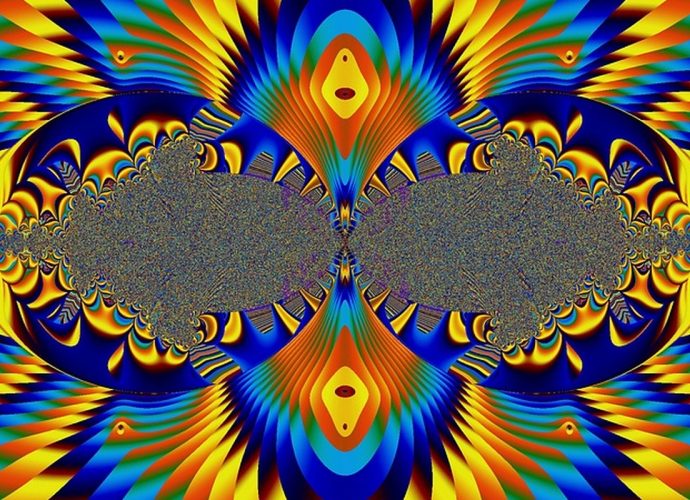Are More Elements Going To Be Discovered?
Four new elements are about to be added to the periodic table: nihonium (Nh, element 113), moscovium (Mc, element 115), tennessine (Ts, element 117), and oganesson (Og, element 118). New to the table. Most of them were first synthesized back in 2002 or 2003 (and all of them were theorizedRead More →









